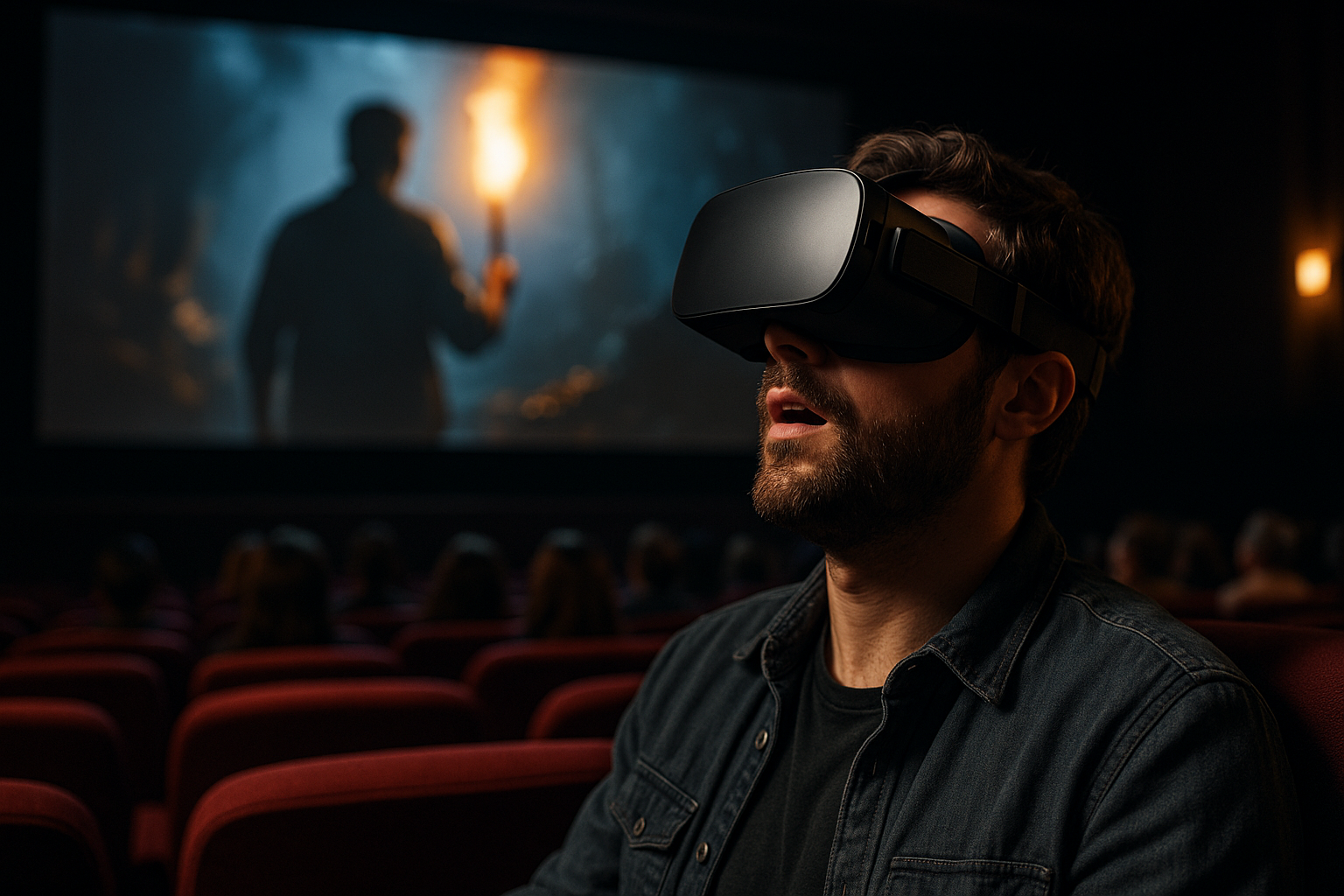Enthralling Journey of Virtual Reality in Modern Cinema
Emerging into the spotlight of the arts and entertainment industry is the increasingly prominent role of virtual reality (VR) in modern cinema. This fresh perspective on filmmaking has reshaped the way we perceive storytelling, bringing viewers into the heart of the narrative. Let's delve into this fascinating technological revolution, tracing its roots, its current impact, and the promising future it holds.

1. The Genesis of Virtual Reality in Cinema
The concept of VR, immersing users in a simulated world, has been around since the mid-20th century. However, it was only in recent decades that this technology made significant strides in the entertainment industry. The 1990s saw VR’s first foray into filmmaking, though the technology was rudimentary. Films like “The Lawnmower Man” set the stage for what was to come, despite the limited capabilities of VR at the time.
2. Current Landscape of VR in Cinema
Today, VR has become a powerful tool in the industry, transforming the traditional viewing experience into an interactive, immersive encounter. From the 360-degree visuals of “Carne y Arena” to the interactive narrative in “Late Shift,” VR has breathed new life into cinematic storytelling. This experiential cinema takes viewers on a journey beyond passive watching, allowing them to influence the story’s progression.
3. Impact of VR on Filmmakers and Audiences
For filmmakers, VR opens up a world of creative possibilities, challenging them to craft narratives that cater to an immersive and interactive model. This shift has led to unique storytelling methods that break free from the confines of the traditional screen. For audiences, VR provides an immersive experience that heightens emotional response and engagement. It has redefined what it means to “watch” a film, transforming viewers into active participants in the story.
4. The Future of VR in Cinema
While current VR films exist predominantly in niche markets and film festivals, the future of VR in mainstream cinema looks promising. As technology continues to evolve, so too will the possibilities for immersive storytelling. Industry leaders predict that VR could become a new standard in filmmaking, with virtual theaters offering a communal VR experience to mass audiences.
5. The Significance of VR in Modern Cinema
The advent of VR in cinema is more than a technological advancement—it’s a paradigm shift in cinematic storytelling. By offering an immersive, interactive experience, VR has the potential to revolutionize the way stories are told and experienced. Its influence extends beyond entertainment, opening up new possibilities for education and empathy by allowing audiences to experience different realities firsthand.
In conclusion, the journey of VR in cinema is a testament to the power of technology in reshaping the arts and entertainment industry. More than just a new tool for filmmakers, it is a game-changer for audience engagement and narrative innovation. As we continue to explore the potential of VR, we may find ourselves on the cusp of a new era in cinematic storytelling.




